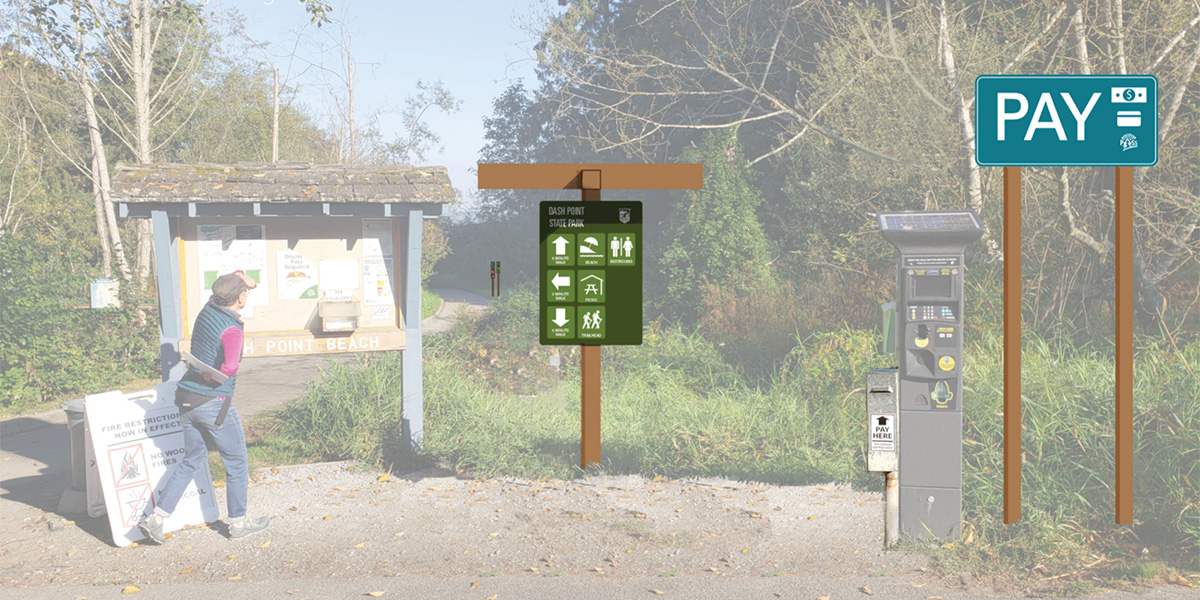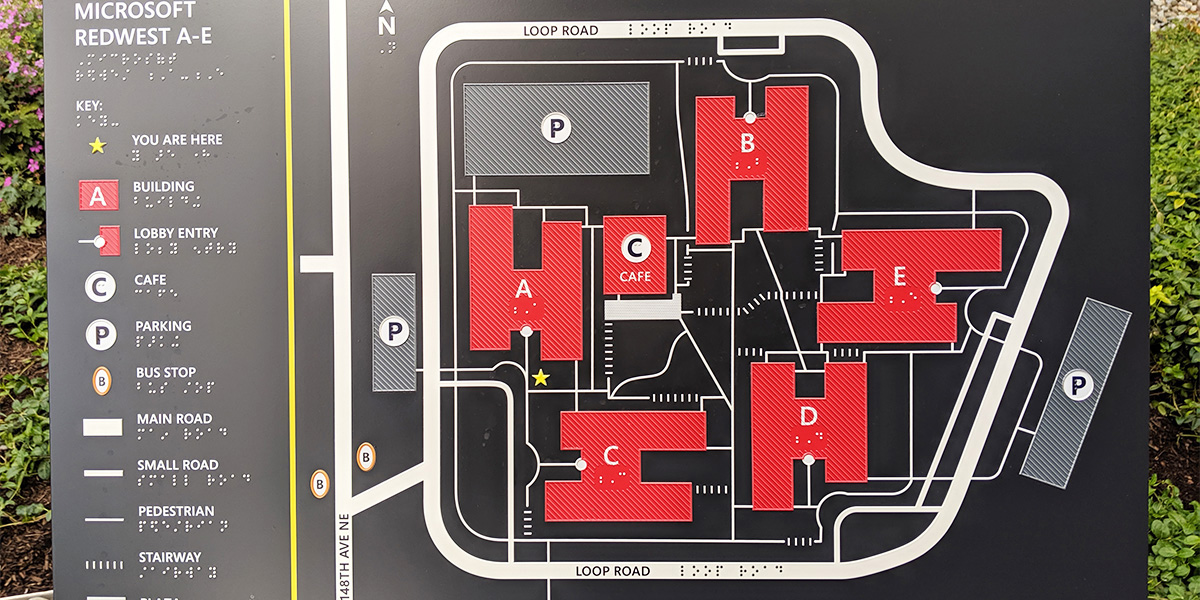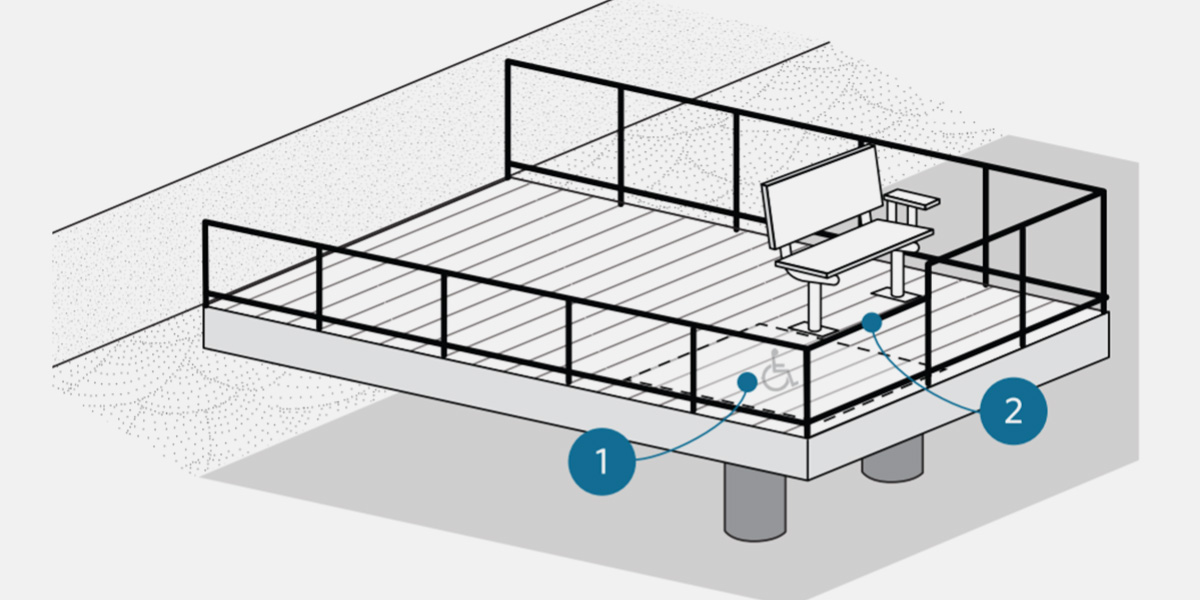By Lena Roper, MIG Universal Design Specialist
According to a World Health Organization May 2024 report, about 1.3 billion people worldwide experience significant disability. That’s about 16% or 1 in every 6 people in the world.
The term “disability” covers a wide range of conditions, which might be visible or invisible, temporary or long term, congenital or acquired, static, episodic or degenerating. A disability could affect every area of a person’s life, or be relatively inconsequential. So when discussing accessibility, it’s important to remember that people with disabilities are an expansive group that includes people with wide-ranging needs and intersecting identities.
People with disabilities might or might not experience challenges arising directly from their disability, but most will face social and physical obstacles due to the context in which they live. Socially constructed barriers such as stigma, discrimination, exclusion from education and employment, poverty, inadequate health care, and environmental barriers to accessing physical facilities are not a necessary part of the experience of living with a disability!
Breaking down the environmental barriers are how designers and planners can make the biggest difference. Accessibility is not an add on. It’s designing a built environment that is inclusive and accessible to everyone, and ensures that people with disabilities can participate equitably in public life.
How can we design for accessibility from the beginning of a project? Bring together an interdisciplinary team of designers, planners, engineers, scientists and storytellers who can engaging in creative problem solving for a wide variety of design challenges. Here are some basic steps:
- Redefine your user group. Too often, architects, designers and planners inadvertently make biased assumptions about the people who are intended to benefit from their designs and policies. Abandon concepts of “average” or “normal”—instead, set out to design for the widest possible segment of human abilities.
- Be ambitious. Accessibility standards such as the Americans with Disabilities Act (ADA) Standards, International Code Council (ICC) model codes, and other federal, state, and local building codes provide a minimum design standard to make buildings and facilities less inaccessible; however, they’re just minimums! Meeting minimum requirements doesn’t guarantee a fully usable and welcoming experience for people with disabilities. Don’t settle for code compliance.
- Involve people with disabilities in the design process. Traditional community feedback processes might not be enough to get perspectives from those most impacted by the design. Plan ahead to reach out specifically to people in the community with disabilities and ensure their needs and insights are included early and often! After all, no one knows what a person with a disability needs better than themselves. See “Design with Disabled People” Now for more guidance on including people with disabilities in the design process.
- Apply the Principles of Universal Design. Design that accommodates the 1 in 6 users who live with a disability will also benefit the other 5, a concept called Universal Design. Developed by a group of designers, engineers, and researchers led by architect and polio survivor Ronald Mace in 1997, the “7 Principles of Universal Design” provide a starting point for thinking about the characteristics of more usable and accessible environments.
- Iterate, iterate, iterate! The first solution proposed for a design problem is rarely the best—that’s why inclusive and accessible design relies on an iterative process, soliciting feedback and developing prototypes before the design is finalized. Accessible design beyond code minimums is innovative, and may require developing new solutions to age-old barriers; expect to spend time experimenting and refining as you go.
- Step back and evaluate. Once a design has been implemented, it’s time to determine whether it has actually been successful, or if there are any considerations that were missed. Once again, people with disabilities are the key stakeholders who will be able to identify elements that are working well or missing the mark. You’ll also need to look at your design workflow to see whether improvements need to be made to the systems behind the scenes. As hard as it is to invite criticism of a completed project, it’s the only way to improve the results for the next effort.
- Carry forward. Document your process and findings thoroughly to apply the lessons learned into the next project. Over time you’ll develop expertise that will make accessible and inclusive design a natural extension of the design process that is continually refined, adapted and customized for each new challenge.
Throughout the month of May, we’ll be highlighting examples from MIG’s portfolio of inclusive and accessible design work. We hope these snapshots will inspire others to join us in working towards a more equitable and accessible world.
Lena Roper is a designer with a background in architecture, accessibility and universal design. She enjoys working within and between disciplines to resolve design conflicts that create accessibility barriers, and communicating the technical details of accessibility standards and their implications with architects, owners and contractors. At MIG Lena develop best practices and design solutions that center the needs and experience of people with disabilities above and beyond code minimums.



